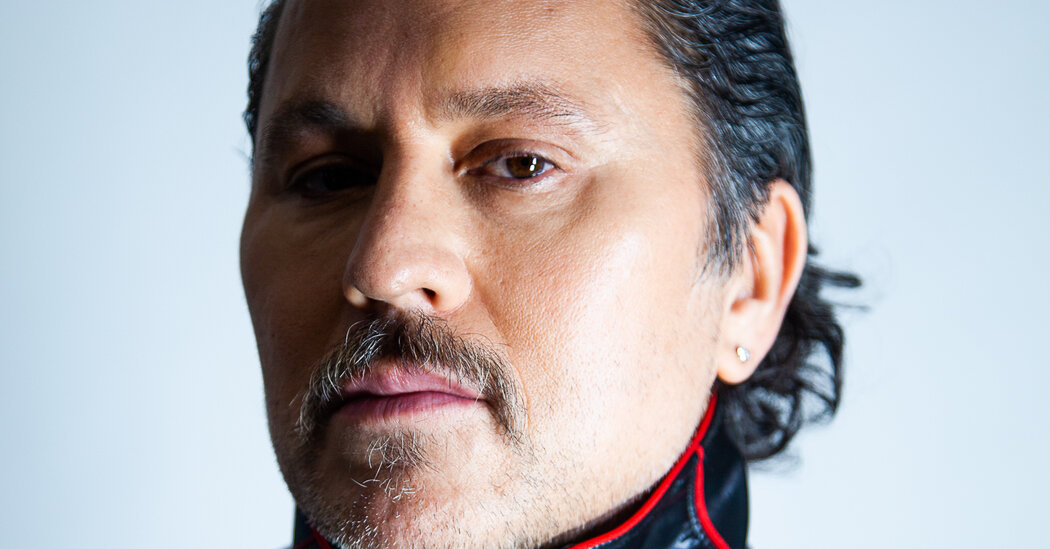
“I’d been in the business so long before I went out on my own that the point became not so much seeing how much volume you could sell, but how much beauty you could create,” said Mr. Chavarria, whose Joe Boxer days were governed by sales goals rather far more than design. “It was how many banana print boxers do we need to sell.”
That he intends, at his own label and at Calvin Klein, to build something culturally reparative could be sensed from the responses of the hopefuls that turned up for the casting: construction workers and musicians and street-scouted newcomers, few of whom had considered themselves beautiful, let alone marketable to the restrictive sphere of fashion, as it turned out.
They were men like Elias Priddie, 24, a soulful-looking day-laborer and sometime bare-knuckle boxer from the Bronx, who “never even thought I could be good-looking,” as he explained. They were men like Chachi Martinez, 28, one of Mr. Chavarria’s designated muses, “a total sweetheart, though he does look kind of scary,” as the designer said, owing to Mr. Martinez’s abundant SoCal gang-style tattoos.
Or they were lanky types like Antonio Macek, 20, a longhaired former amateur hurdler of Black and Czech ancestry who had grown up being termed either too pretty or plain ugly or told he was weird. “I was looked at as different because I didn’t look like a normal person,” Mr. Macek said.
“There are so many ways in this world in which we are kept, or we keep ourselves, from being beautiful,” said Mr. Chavarria, who has held onto a SoHo apartment, as much as anything for its easy access to Tompkins Square Park in the East Village, one of the last bastions, in a fast-homogenizing city, of racial and gender diversity.






